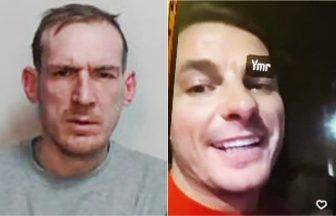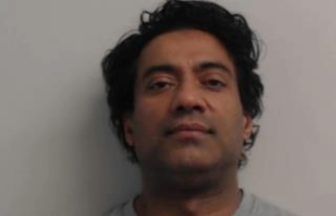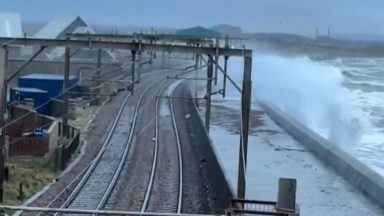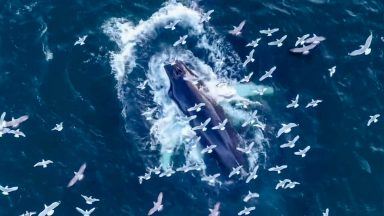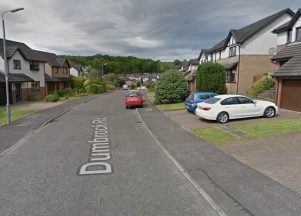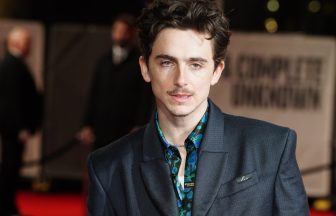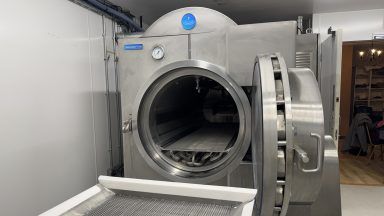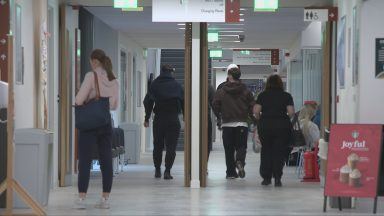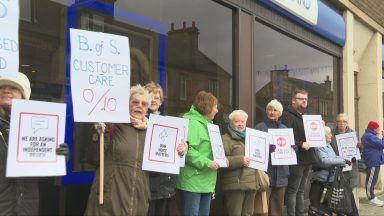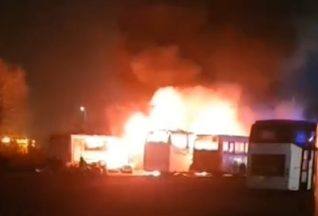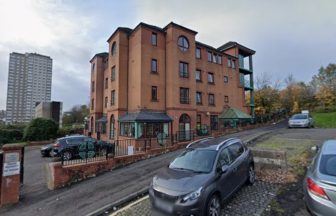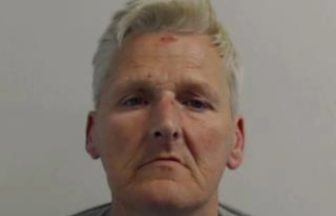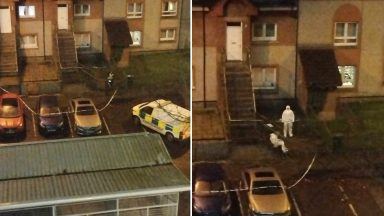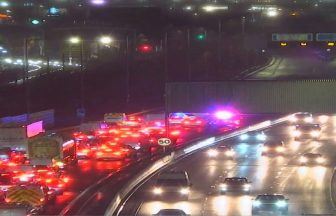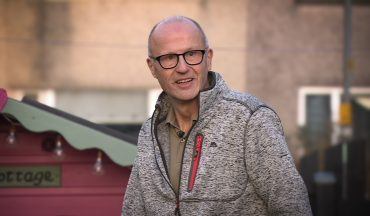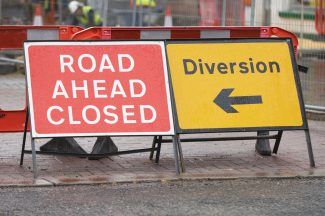A project is now under way to build Scotland’s first permanent memorial to the sacrifices of south Asian soldiers who fought in both World Wars.
Some four million soldiers from the British Indian army (BIA) fought alongside British soldiers during World Wars One and Two.
The BIA contributed 1.5 million servicemen to the fight in the first World War, of whom 74,000 died and up to 100,000 were injured.
In the Second World War, there were 2.5 million servicemen from the BIA – 87,000 died and up to 150,000 were injured.
The subcontinent also provided supplies worth £479m in WW1 (equivalent to £25bn in today’s money) and £1.3bn in WW2 (equivalent to £53bn in today’s money) to the UK.
 IWM
IWM‘Special’ Scottish connection
Scotland has a special connection with the BIA through a mainly Indian-Muslim contingent from the Punjab region called “Force K6”, which was a mule transport corps during WW2.
Force K6 arrived in Marseilles in December 1939 to join the war effort, and the regiment was later evacuated out of Dunkirk.
They spent the next three-and-a-half years in the UK, and were moved to Scotland to train with British infantry brigades.
Fourteen of them died in Scotland while training in harsh conditions with British troops the evacuation, with nine of them laid to rest at Kingussie Cemetery.
75 years of independence from British rule
Now, in an effort to raise awareness of “past conflicts and the invaluable contributions” of the four million troops, veterans secretary Keith Brown said that work on a new Scottish memorial will begin.
Coinciding with the 75th year of independence from British Rule for both Pakistan and India, approval for the memorial comes after a six-year campaign by the charity Colourful Heritage.
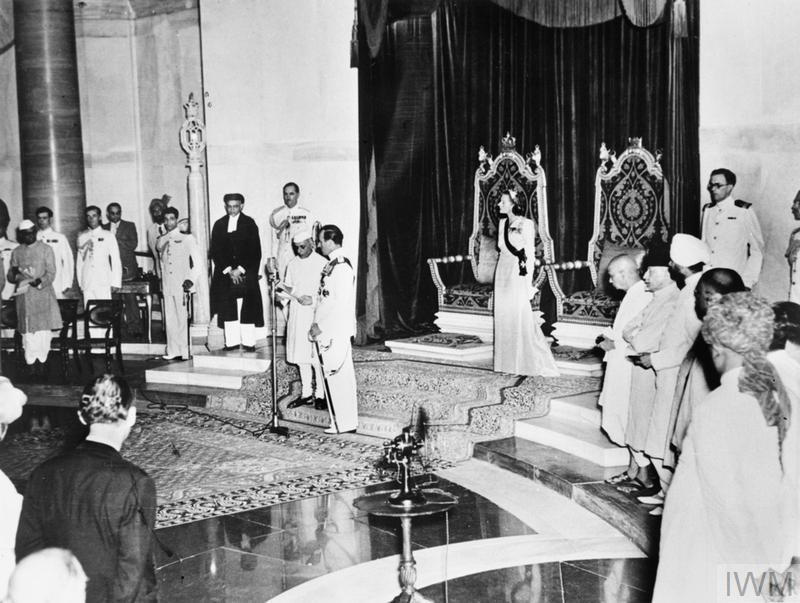 IWM
IWM“The people of Scotland owe a considerable debt of gratitude to those who fought and died on our behalf, including those from Commonwealth nations who came to aid this country during its time of need,” Brown said.
“The bravery and commitment of the British Indian Army was vital in defending the freedoms we enjoy today and deserves recognition.”
Omar Shaikh, founder of Colourful Heritage, said: “…the memorial for us is not the target, it is a means to an end.
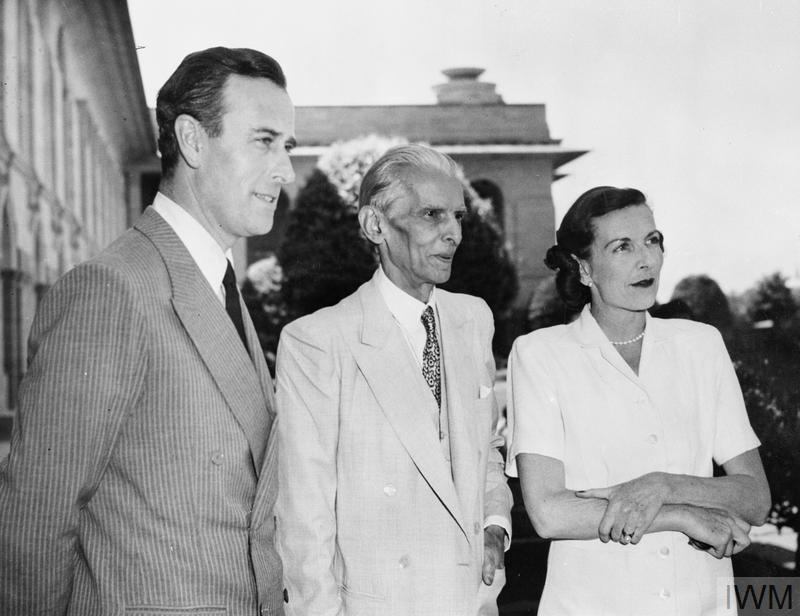 IWM
IWM“That end is to ensure that everyone in Scotland and Europe understands the contribution of BIA towards protecting this country and understands the shared values between the soldiers that were on the front line, be they from Europe or south Asia.”
The memorial will be built in the grounds of Kelvingrove Art Gallery and Museum, and will include a chattri (dome) design for the roof and natural stone columns to match the museum’s famous architecture.
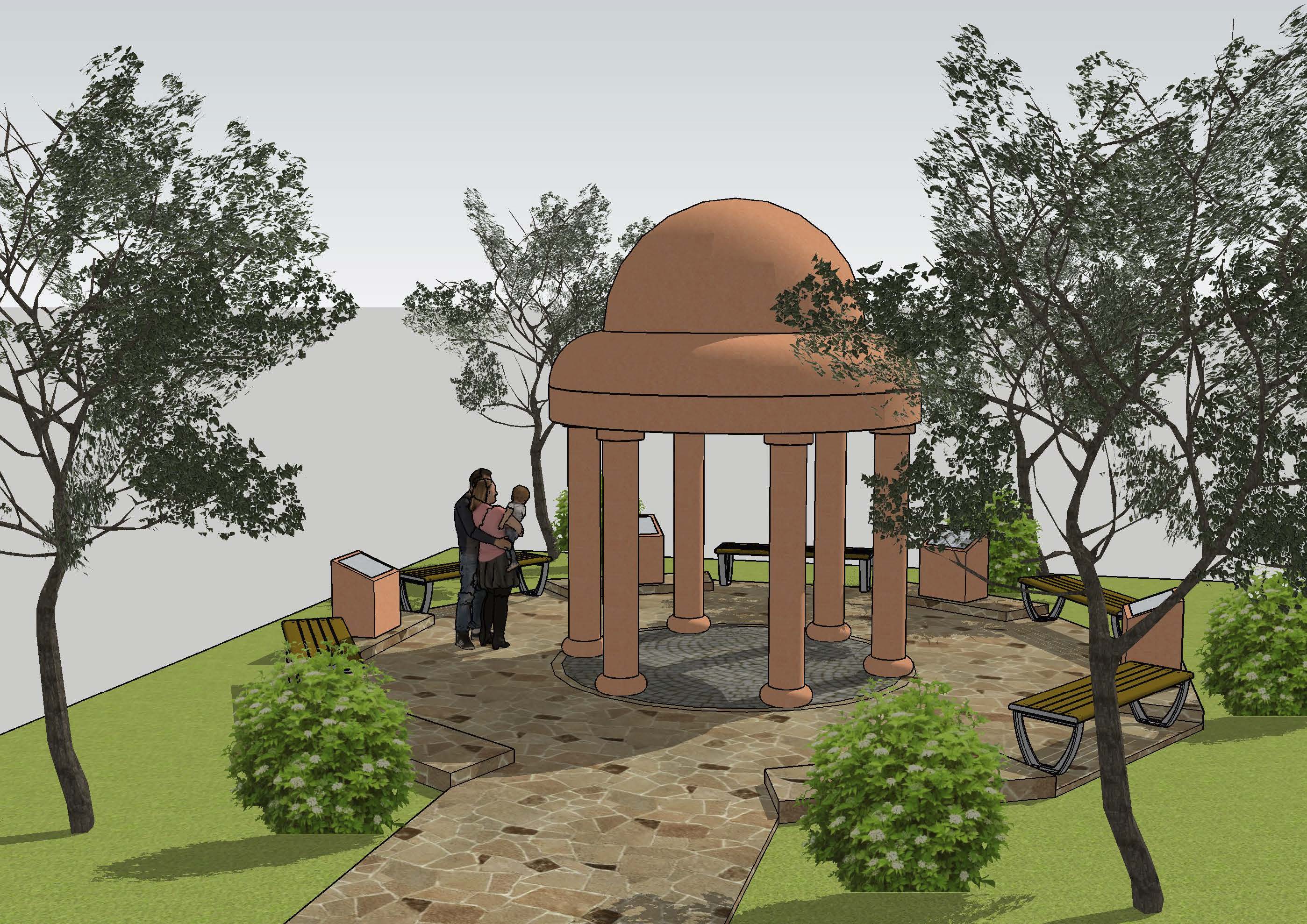 Shand Architecture
Shand ArchitectureThe final design adopts ideas sent in by more than 100 young people from across Scotland, and will have a digital aspect to engage younger generations as part of education visits.
A project team has been established to oversee the building of the memorial, and architect Stuart Shand has started to procure the materials.
‘Fitting commemoration to forgotten sacrifices’
“Reading aloud in the Scottish Parliament the names of the soldiers who lost their lives was an incredibly poignant moment for me, and I’m proud to have been involved in the campaign for a memorial,” said Anas Sarwar, Scottish Labour leader.
Sarwar, who has worked with Colourful Heritage since the start of the campaign, added: “A permanent memorial to the soldiers of the BIA who fought alongside British troops is a fitting way to commemorate their forgotten service and sacrifice for generations to come.”
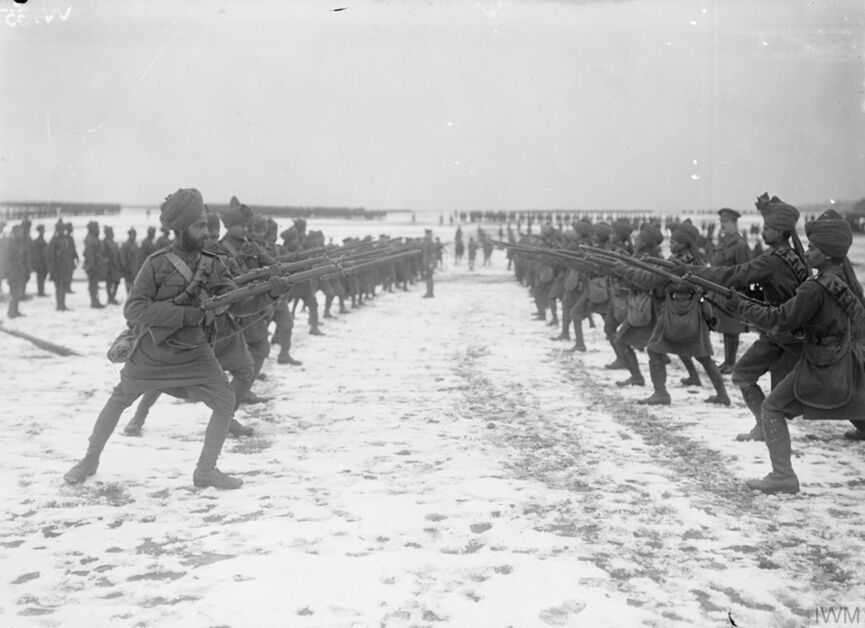 IWM
IWMPam Gosal, Scottish Conservative MSP for West Scotland, said: “As the first female MSP from an Indian background, I wholeheartedly welcome the news that the BIA memorial in Glasgow is to go ahead.
“I will be proud to see the four million-plus soldiers from the British Indian Army receive the recognition they deserve.
“While this is a proud time for all those with connections to India, it will also provide the opportunity for future generations to learn about the brave sacrifice made by these soldiers.
“I would like to congratulate Colourful Heritage for their success in making this memorial a reality, and I thank everyone who played their part in making this happen.
Follow STV News on WhatsApp
Scan the QR code on your mobile device for all the latest news from around the country


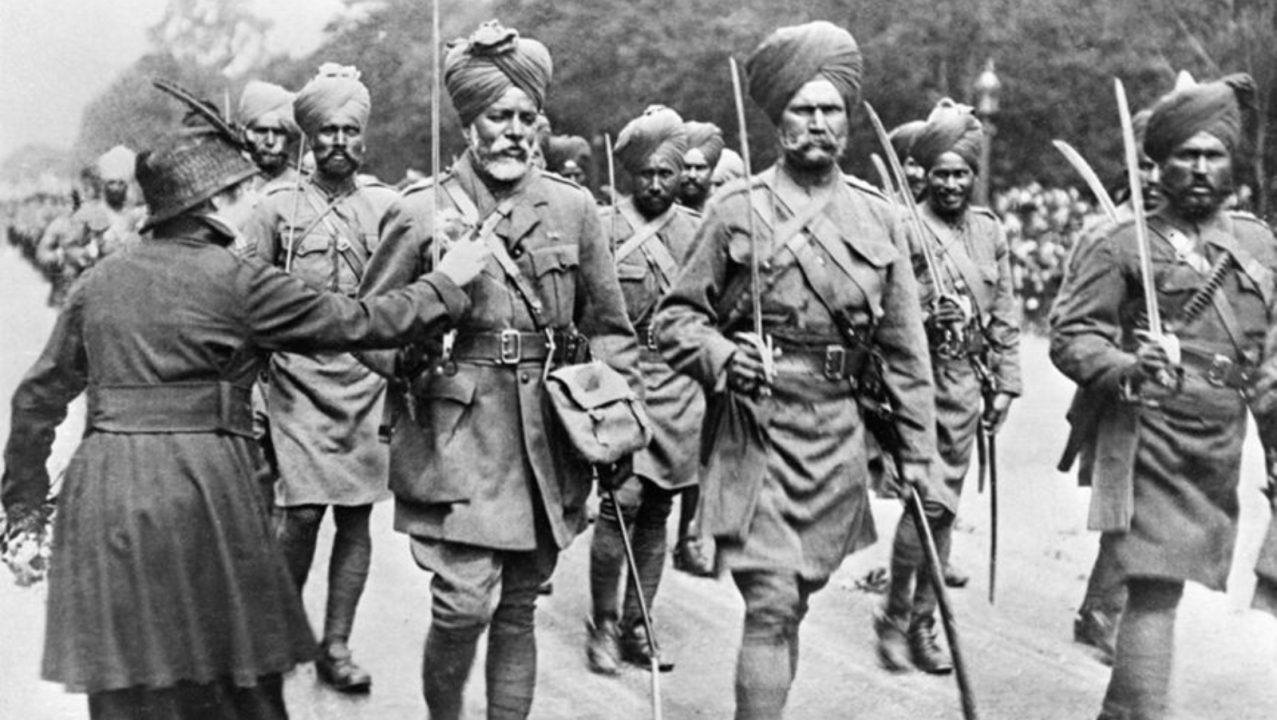 IWM
IWM

